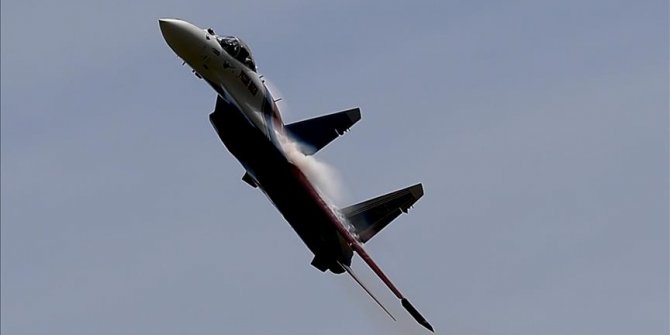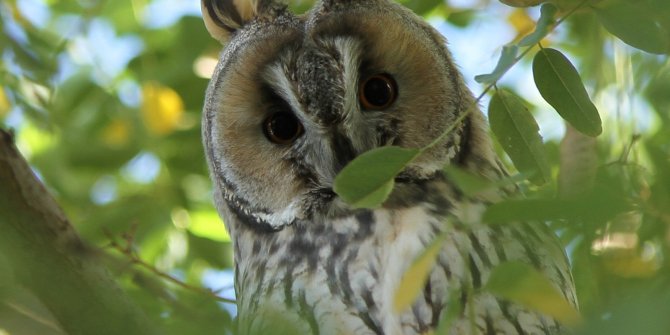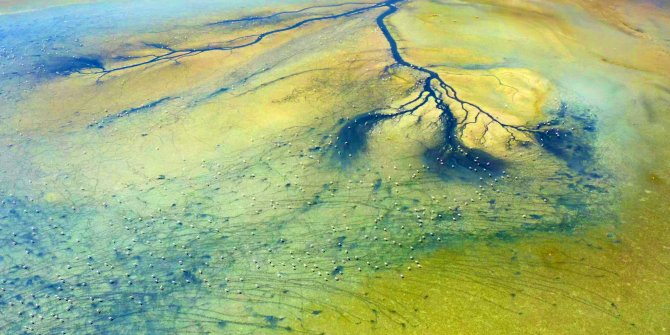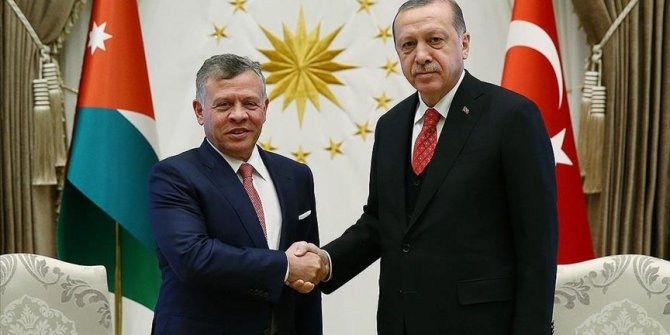Japan bids for $35 billion Australia submarine contract

Though a newcomer to the international arms bazaar, Japan seems well-positioned to win one of the most coveted defense tenders in years -- a $35 billion contract to supply new submarines to Australia.
Japan’s major weapons makers, Mitsubishi Heavy Industries and Kawasaki Heavy Industries, are up against two experienced European arms makers, DCNS of France and Germany’s Thysen Krupp. Bidding closes Nov. 30.
The new submarines are meant to replace Australia’s Collins-class subs, the first built in Australia. The number of new subs is not final, but would range from eight to 12. They would go into service in 2025.
The Japanese think they have a winner in their “Soryu” class submarines, the biggest -- and many say the best -- conventionally powered submarine in the world. The submarine reportedly has secrets that Japan hasn’t even shared with the U.S., its chief ally.
The European bidders basically are trying to sell submarine concepts that are now on paper rather than embodied in an operational vessel. On the other hand, they are far more experienced in the international arms trade.
For decades, Japan prohibited weapons sales, considering them contrary to the spirit of its post-World War II pacifistic constitution. Prime Minister Shinzo Abe lifted the ban only about two years ago, and this, of course, is by far its biggest contest.
The European bidders have some advantages, besides sales experience. They are also offering a smaller vessel – 2,000-ton versus the 4,000-ton Soryu – and cheaper design.
Japan has the advantage of having an existing, off-the-shelf submarine, which has often outfoxed the U.S. Navy in exercises off the coast of the Hawaiian islands.
The Europeans have hinted that Japan would not be willing to share its most secret submarine technology with another country, but the Japanese dispute this. In a visit to Sydney, Masaki Ishikawa, a high-ranking civil servant in the Ministry of Defense, said, “Our objective is to have everything available.”
The Soryu’s superiority is said to lie in highly classified stealth technology, extremely powerful lithium batteries, a snorkel that can suck in air to run diesel engines even in rough seas, and superior welding techniques.
Other factors going into a successful bid include Australian participation in the project, such as promises to build some or all of the new submarines in Australia, the price of gaining opposition support for the bid in Canberra.
There is, of course, a political and strategic element to Japan’s bid that is not necessarily shared with the European bidders.
“Abe wants to use [submarine sales] to bind Australia as closely as possible to Japan strategically,” Hugh White, a professor at the Australian National University, says in a piece for the Australian Strategic Policy Institute. It is a sentiment that Abe would not deny.
Both Japan and Australia have a common interest in China’s new perceived assertiveness in the South China Sea. Australia’s prime minister, Malcolm Turnbull, have spoken about in forums, most recently the APEC meeting in Manila.
Canberra says it will make its decision sometime after the new year. Tokyo naturally hopes that its first venture into international arms business will be its most successful.









